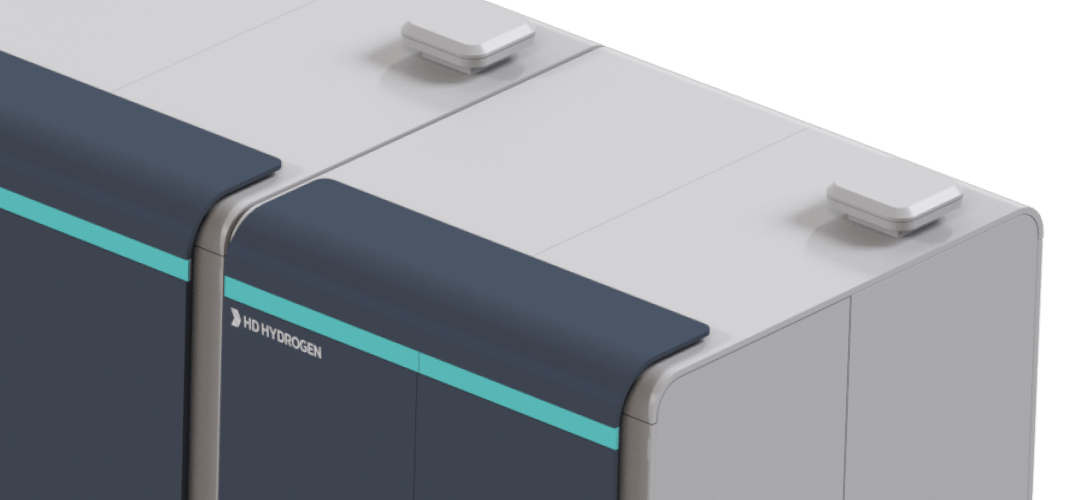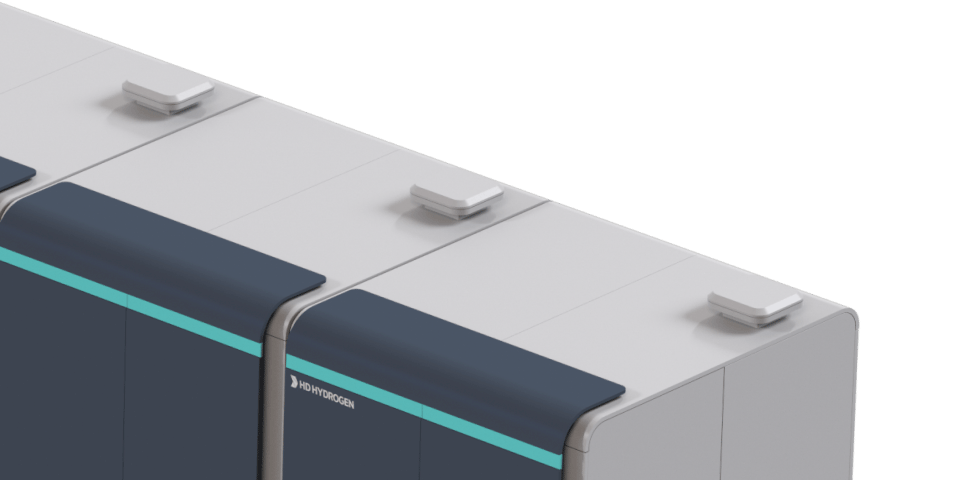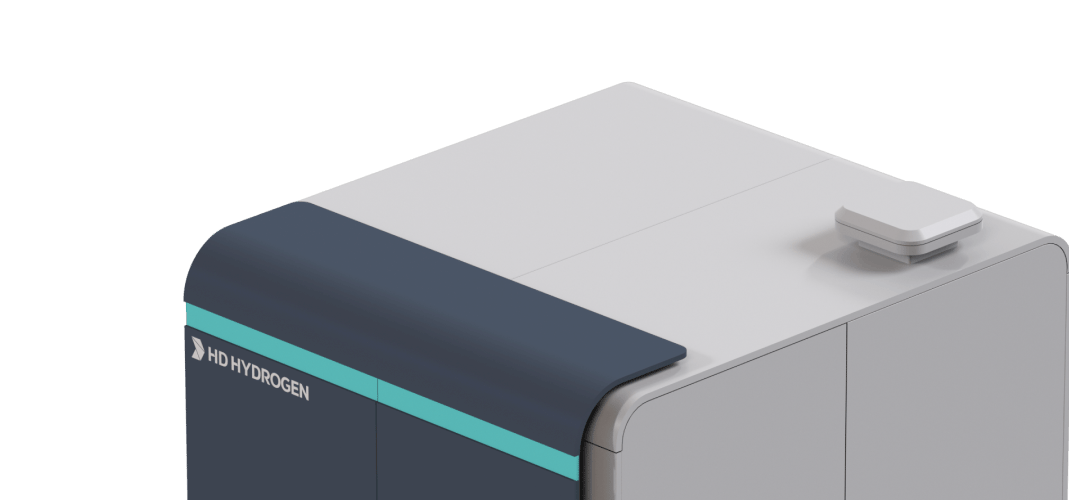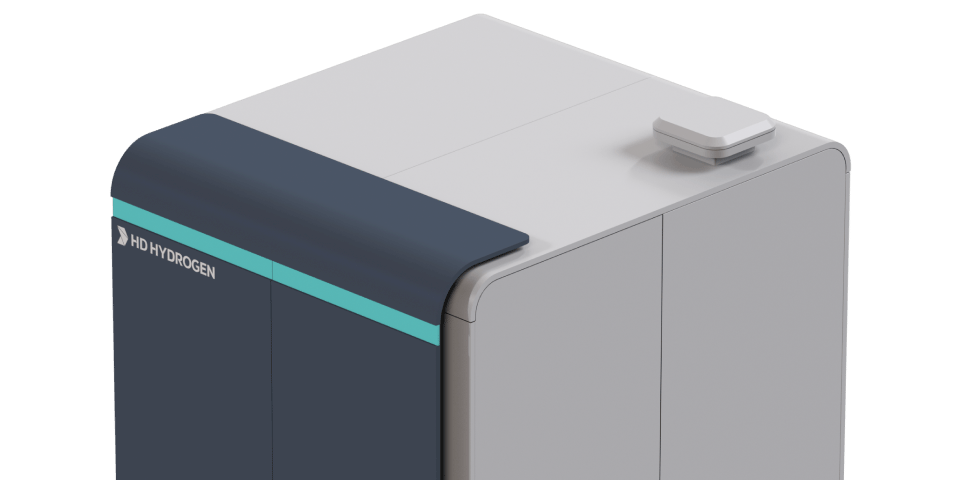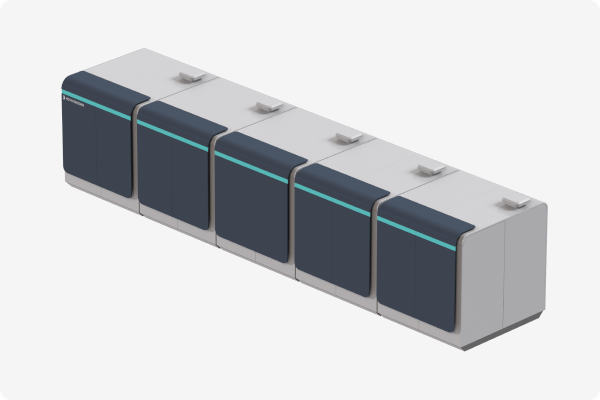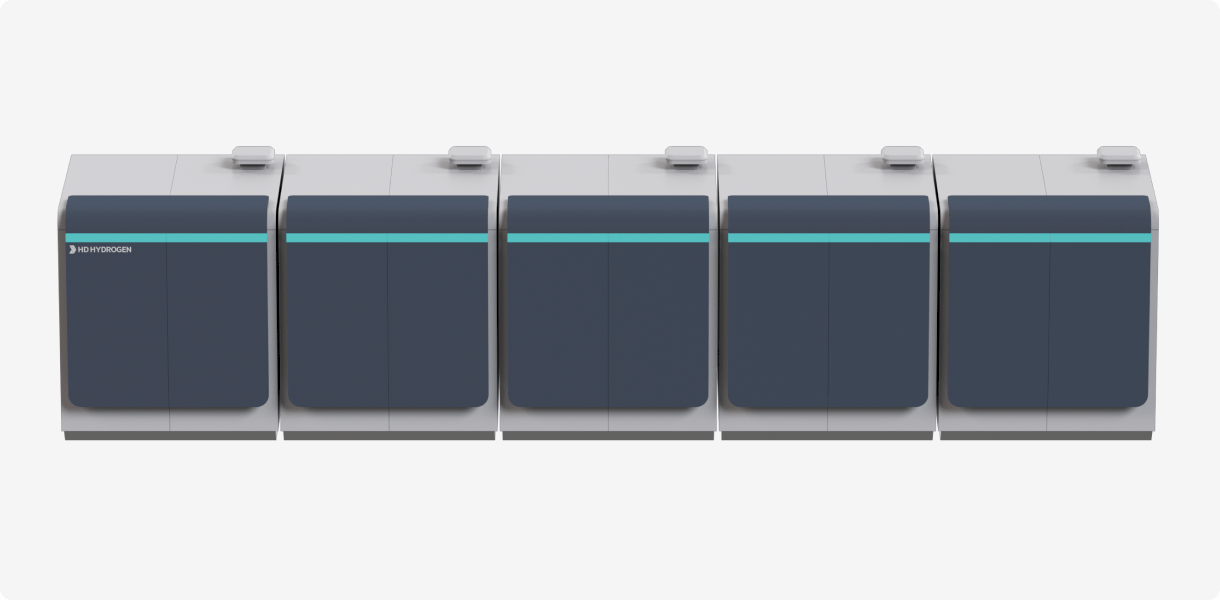HD HYDROGEN
Family Site
Fuel Cell
Harmony of Efficiency
and Environment, Fuel Cell
Boasting high energy efficiency and eco-friendly operation, with low noise and high reliability, It demonstrates excellent performance in various industrial, commercial, and residential environments.

Fuel Cell
-
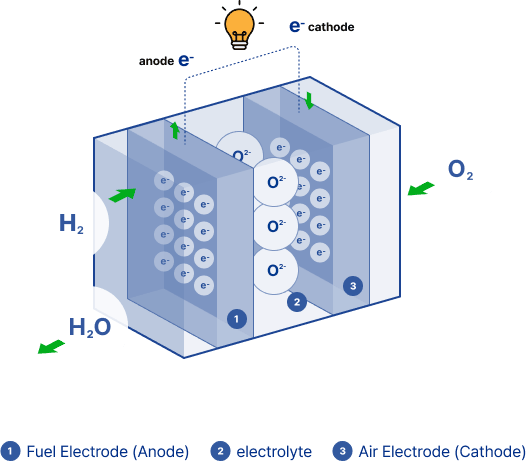
-
- Fuel Cell Structure
- A fuel cell consists mainly of a cathode where air is injected, an anode where fuel is injected, and an electrolyte that prevents air and fuel from mixing while allowing oxygen ions to move.
- Fuel Cell Technology Introduction
-
Oxygen injected into the cathode receives electrons and is reduced to oxygen ions, which move to the anode through the electrolyte. The oxygen ions that move to the anode react with injected hydrogen to produce water and electrons. The electrons generated at the anode move through the circuit to create current and return to the cathode.
Our fuel cell system is third-generation types using Solid Oxide electrolytes operating at high temperatures. Compared to previous generations of fuel cells, It enables higher power efficiency and the use of various fuels.
Solid Oxide Fuel Cell System (SOFC) Product
Power Plant Layout
Approximately 430m² for 1.2MW

Approximately 826m² for 4.8MW

Recently, as electrification accelerates, the growing power demand is enhancing their potential as energy sources.
Lower noise and electromagnetic wave emissions compared to other power sources and high stability enable installation and operation anywhere in our daily lives, including urban areas, residential areas, commercial areas, and buildings.
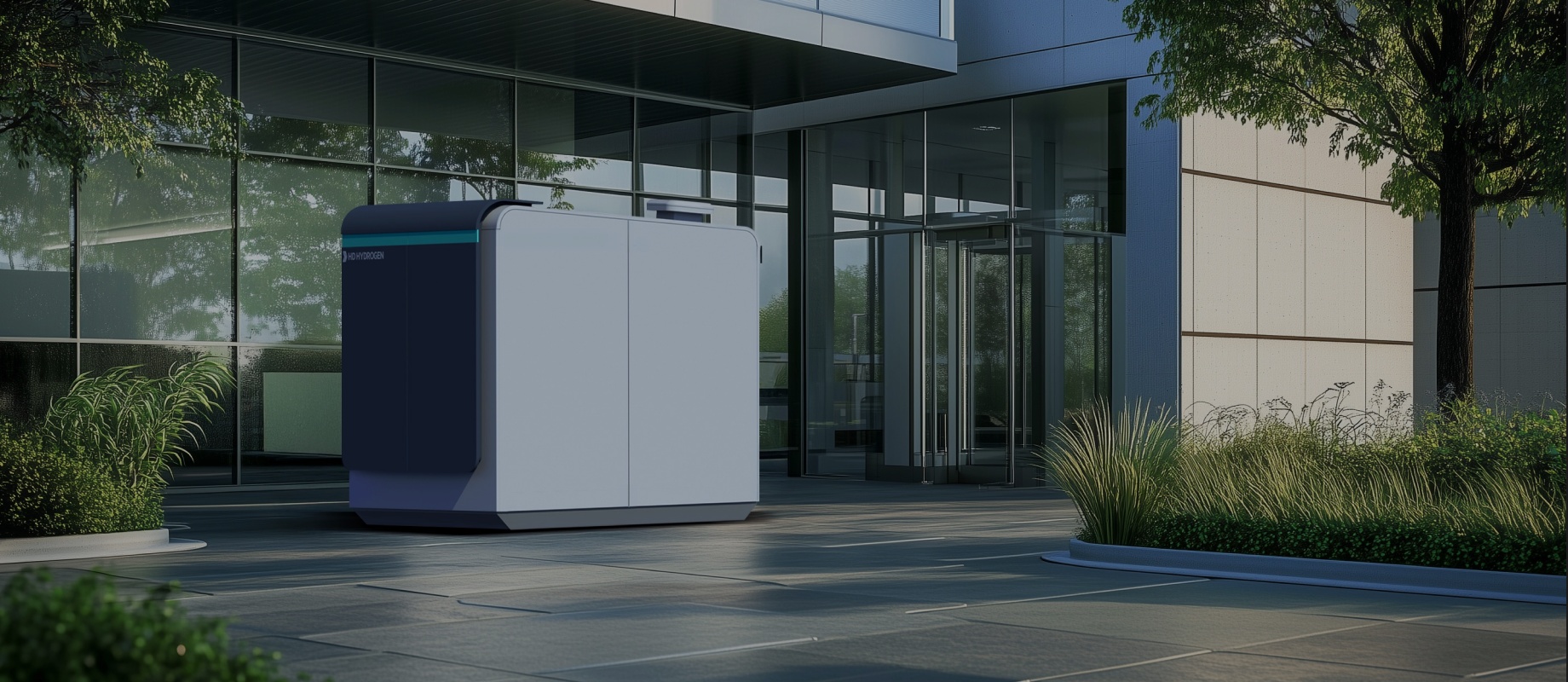
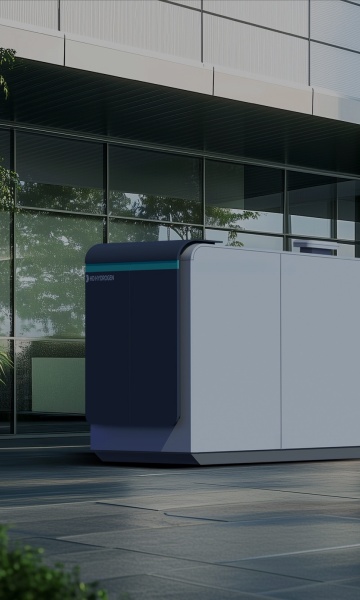
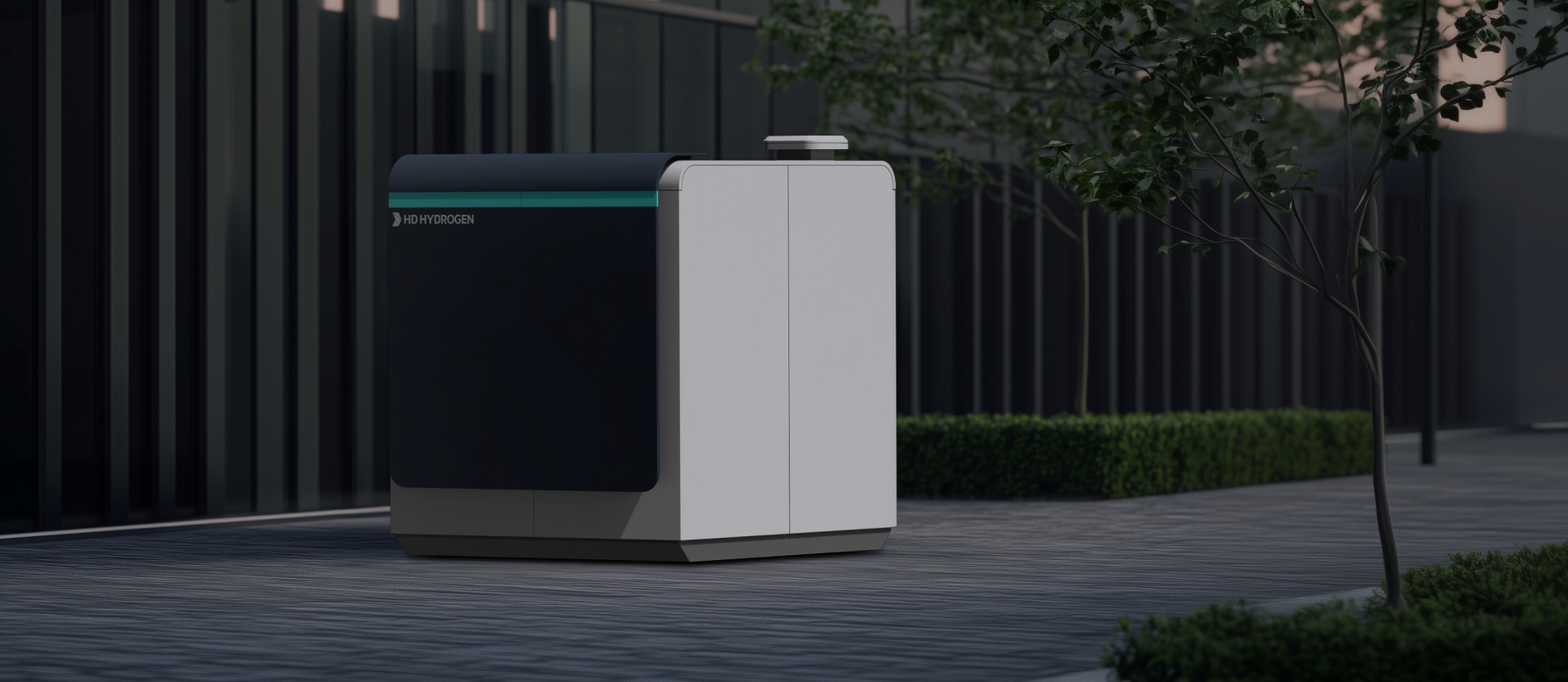



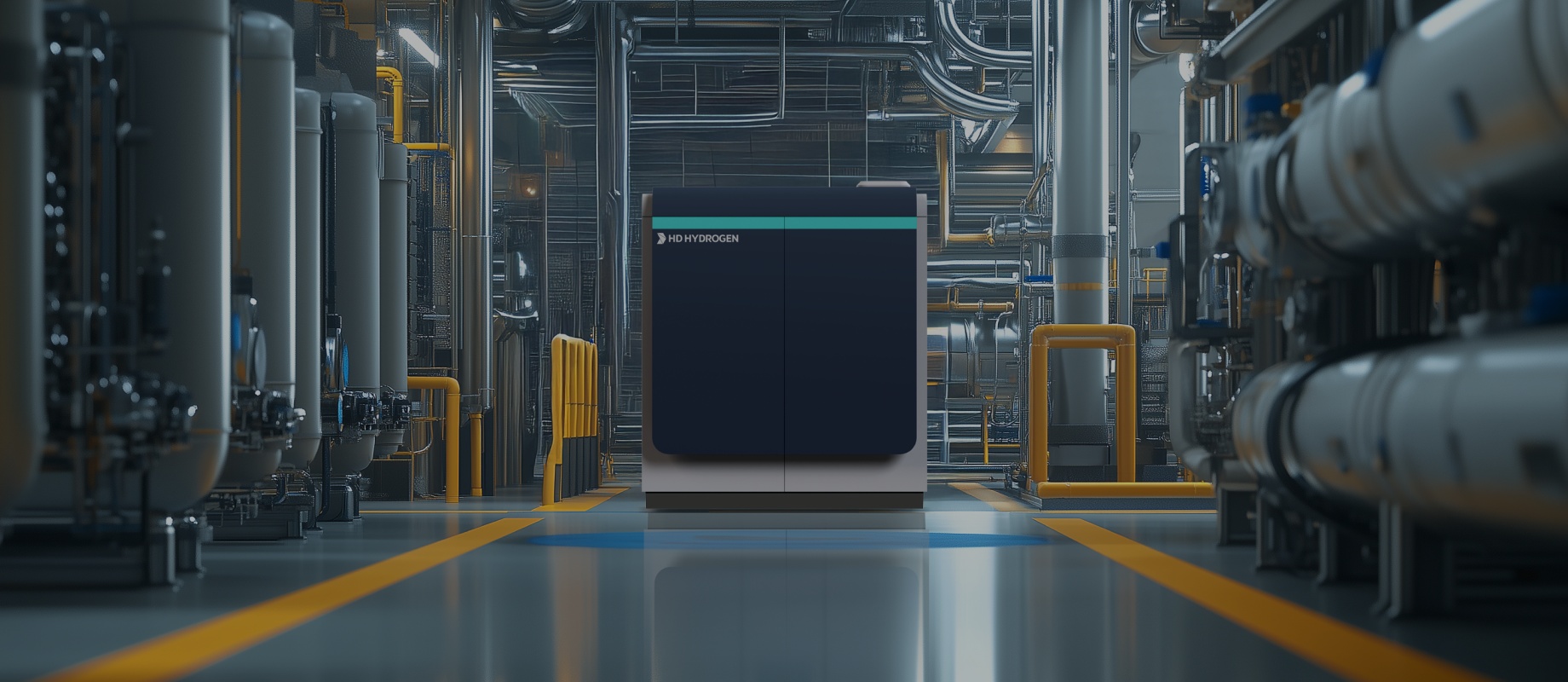
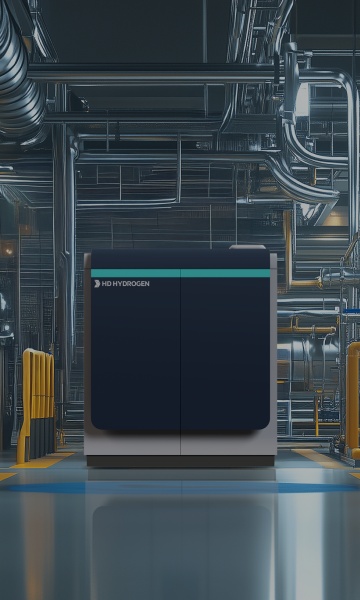
-
Installed in Hospitals
Fuel cells enable stable power supply in facilities like hospitals, where a 24-hour power supply is essential.
-
Installed in Urban Areas
Fuel cells are a highly safe power generation source with low noise and minimal electromagnetic interference. They can be easily installed indoors and require minimal power infrastructure, making them an effective solution for meeting the continuous power demands of urban areas.
-
Installed at Gas Stations
Gas stations are strategically located to meet the energy needs of modern society. By utilizing our highly reliable fuel cells, these spaces can be leveraged for efficient power generation, effectively addressing the demand for fast charging of electric vehicles.
-
Installed in Building
Our products are designed for indoor installation, ensuring stable electricity and hot water supply while supporting zero-energy building initiatives.
Next-Generation Large-Scale SOFC”
The HD300 is a large-scale power generation solution that embodies technological innovation in the field of Solid Oxide Fuel Cell (SOFC). It achieves up to 65% electrical efficiency in high-temperature environments and maximizes energy flexibility by utilizing a wide range of fuels, from natural gas to biogas.
Its compact design boasting high power generation density makes efficient operation possible even in limited spaces. A digital twin-based real-time control system ensures operational stability. It is an integrated distributed power system optimized for manufacturing, data centers, and smart cities requiring large-scale energy.
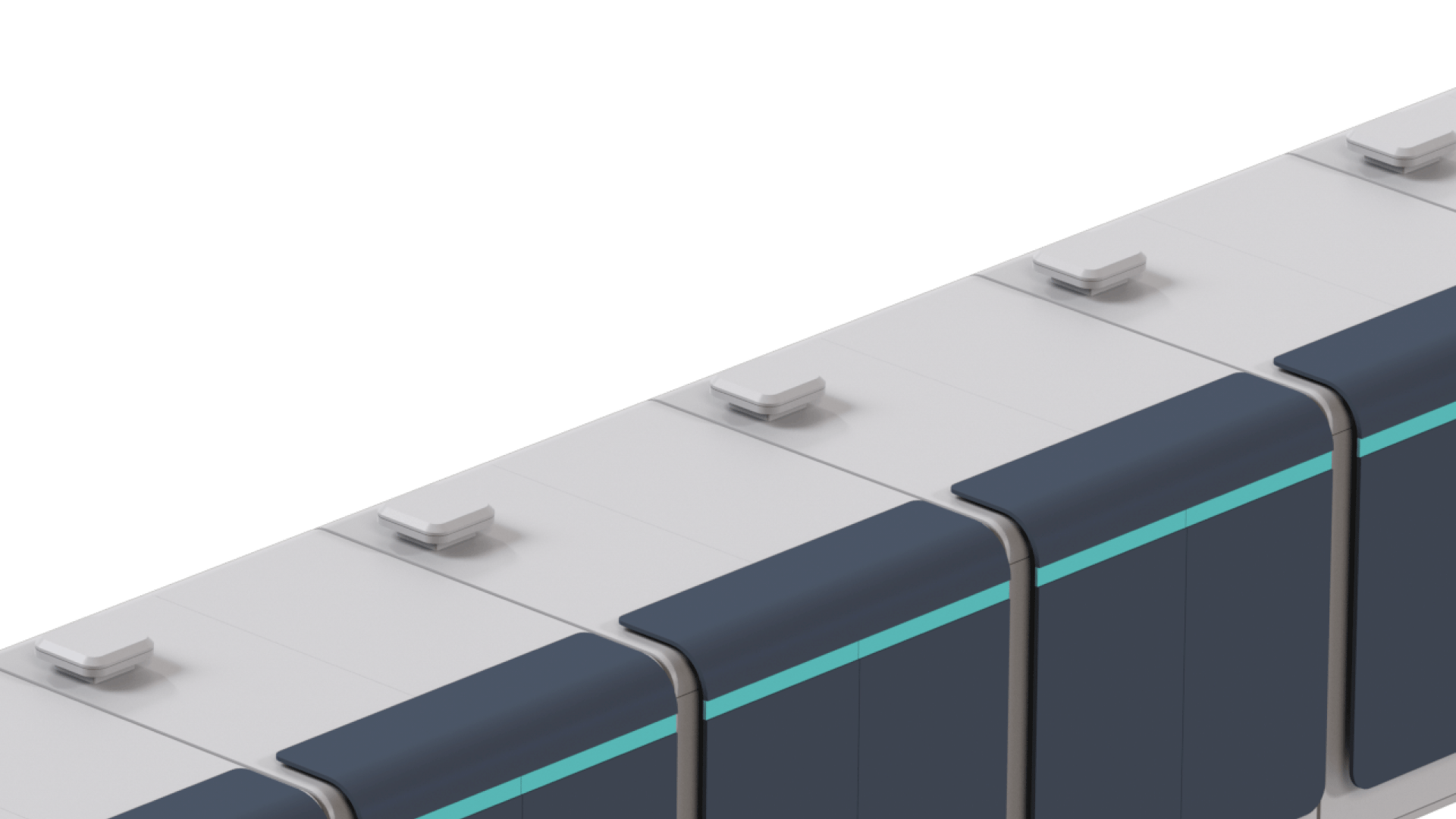

Specification
| Outputs | |
|---|---|
| Power output(net AC) | 285 kW |
| Voltage | 3ph, 380V |
| Frequency | 50/60 Hz |
| Inputs | |
|---|---|
| Fuel | Natural Gas |
| Input Fuel pressure | 4barg |
| Water | None during normal operation |
| Emissions | |
|---|---|
| NOx | Negligible |
| SOx | Negligible |
| CO | ≤ 20 ppm |
| VOCs | Negligible |
| CO2@ nominal load, BoL | 330 kg/MWhe |
| Physical Attributes and Environment | |
|---|---|
| Weight(w/skid) | 32.7 ton |
| Dimensions(w/skid) | 13 m (L) x 2.1 m (W) x 2.7 m (H) |
| Temperature range | -20°C - 45 °C (-4 °F to 104 °F) |
| Humidity | 0-100% |
| Seismic vibration | TBD |
| Location | Outdoor |
| Noise | <65 dBA @ 10 ft (3 m) |
| Codes and standards | |
|---|---|
| Safety | KESC, IEC 60079, IEC 62282 |
| EMC | KESC IEC 62282-3 |
| Grid Interconnection | KESC IEC 62282-3 |
| Efficiency | |
|---|---|
| Electrical efficiency @ BoL | ≥ 60% @ (LHV net AC) |
| Electrical efficiency @ EoL | ≥ 48% @ (LHV net AC) |
HD60 is a 60kW class product with a proven track record in various European projects. It embodies technological innovations in the Solid Oxide Fuel Cell (SOFC) field.
Like HD300, it offers high electrical efficiency, utilization of various fuels, and efficient and stable operation. Multiple HD60 units can be installed parallel to customer needs to provide power generation capacity that best matches customer demands.
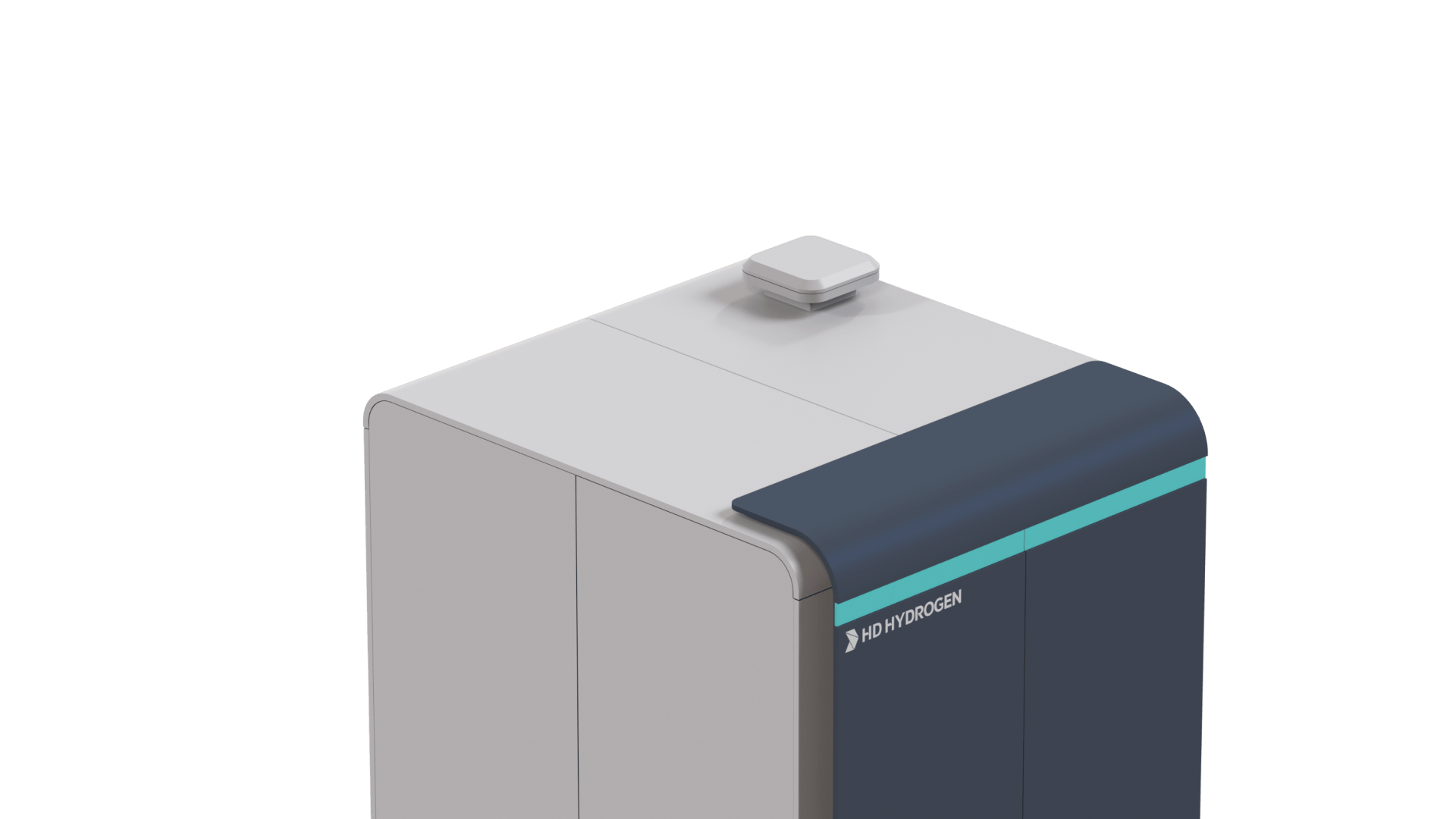
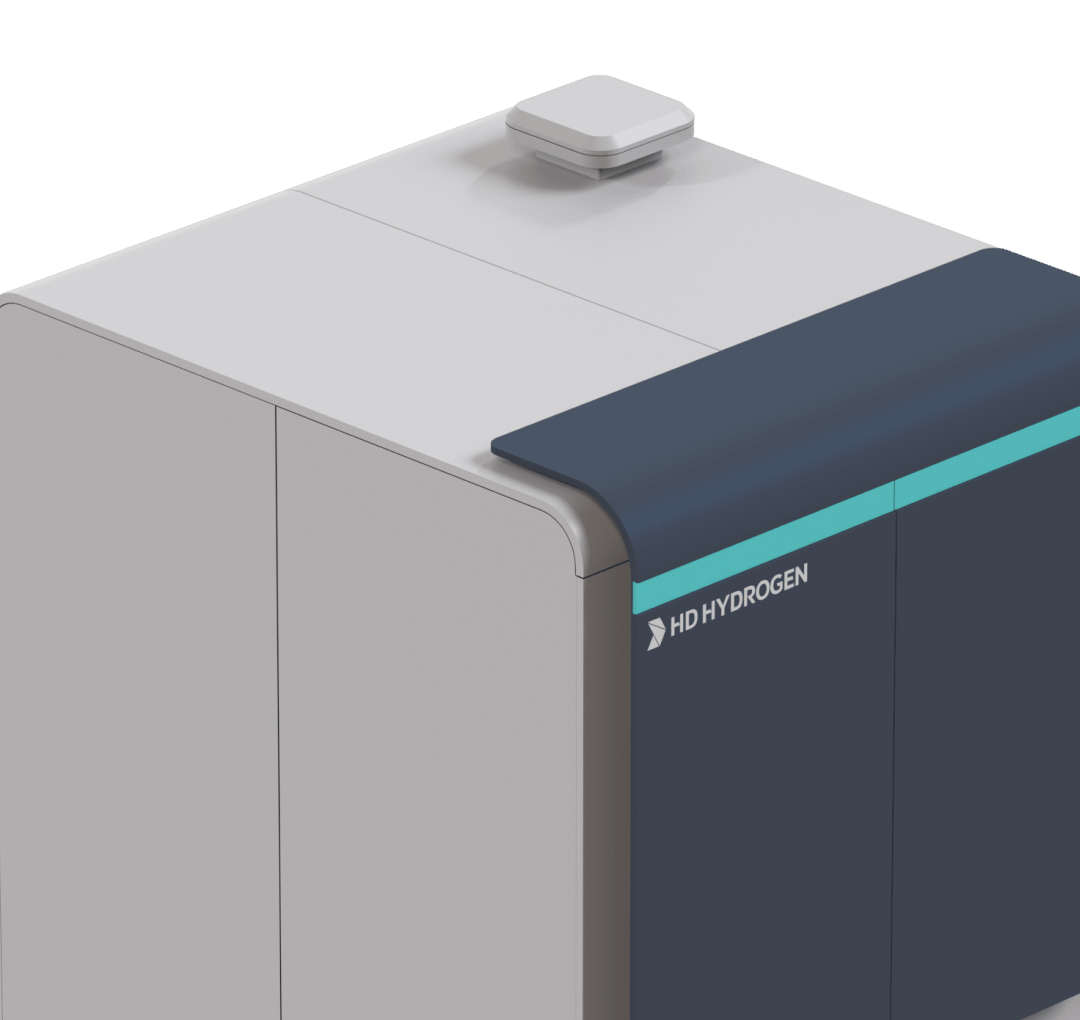
Specification
| Outputs | |
|---|---|
| Power output(net AC) | 60 kW |
| Voltage | 3ph, 380V |
| Frequency | 50/60 Hz |
| Inputs | |
|---|---|
| Fuel | Natural Gas |
| Input Fuel pressure | 4barg |
| Water | None during normal operation |
| Emissions | |
|---|---|
| NOx | Negligible |
| SOx | Negligible |
| CO | ≤ 20 ppm |
| VOCs | Negligible |
| CO2@ nominal load, BoL | 330 kg/MWhe |
| Physical Attributes and Environment | |
|---|---|
| Weight(w/skid) | 5.9 ton |
| Dimensions(w/skid) | 2.8 m (L) x 2.1 m (W) x 2.3 m (H) |
| Temperature range | -20°C - 40 °C (-4 °F to 104 °F) |
| Humidity | 0-100% |
| Seismic vibration | TBD |
| Location | Outdoor |
| Noise | <70 dBA @ 10 ft (3 m) |
| Codes and standards | |
|---|---|
| Safety | KESC, IEC 60079, IEC 62282 |
| EMC | KESC IEC 62282-3 |
| Grid Interconnection | KESC IEC 62282-3 |
| Efficiency | |
|---|---|
| Electrical efficiency @ BoL | ≥ 60% @ (LHV net AC) |
| Electrical efficiency @ EoL | ≥ 48% @ (LHV net AC) |
- As quantified in reference ambient temperature 288,15 K (15℃) and pressure 101,325 kPa
- Heat recovery unit is an optional accessory
